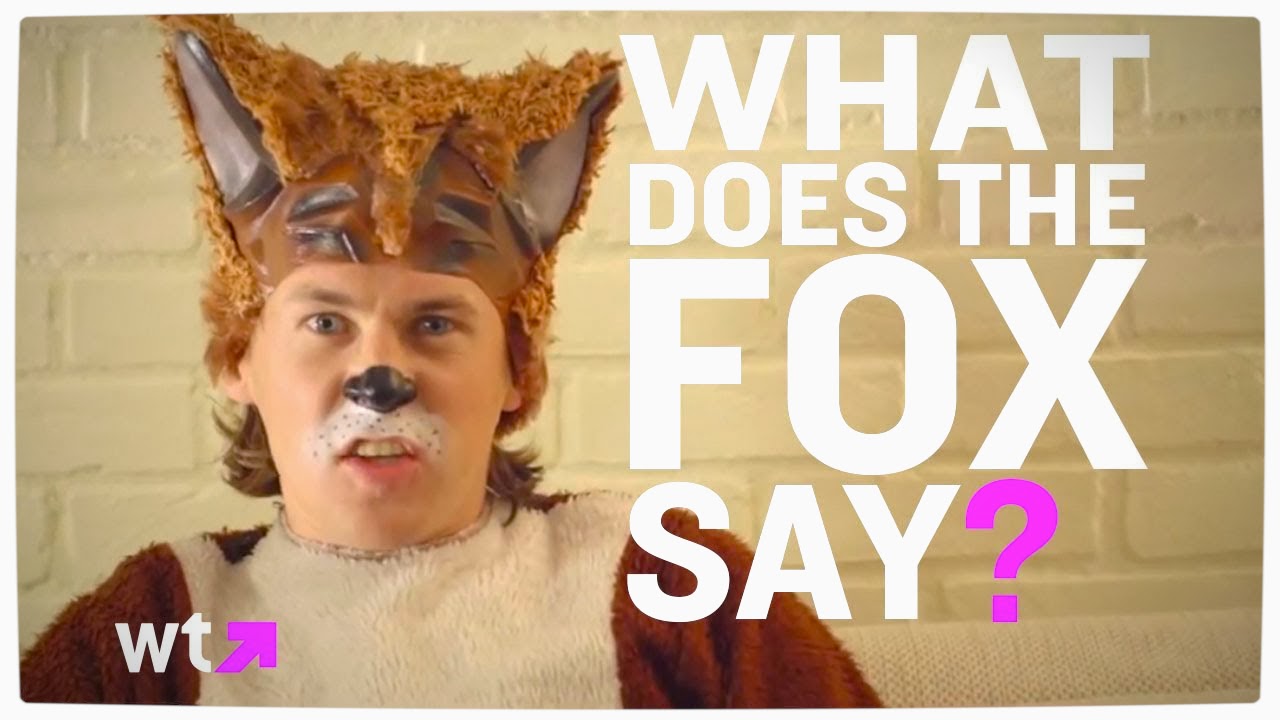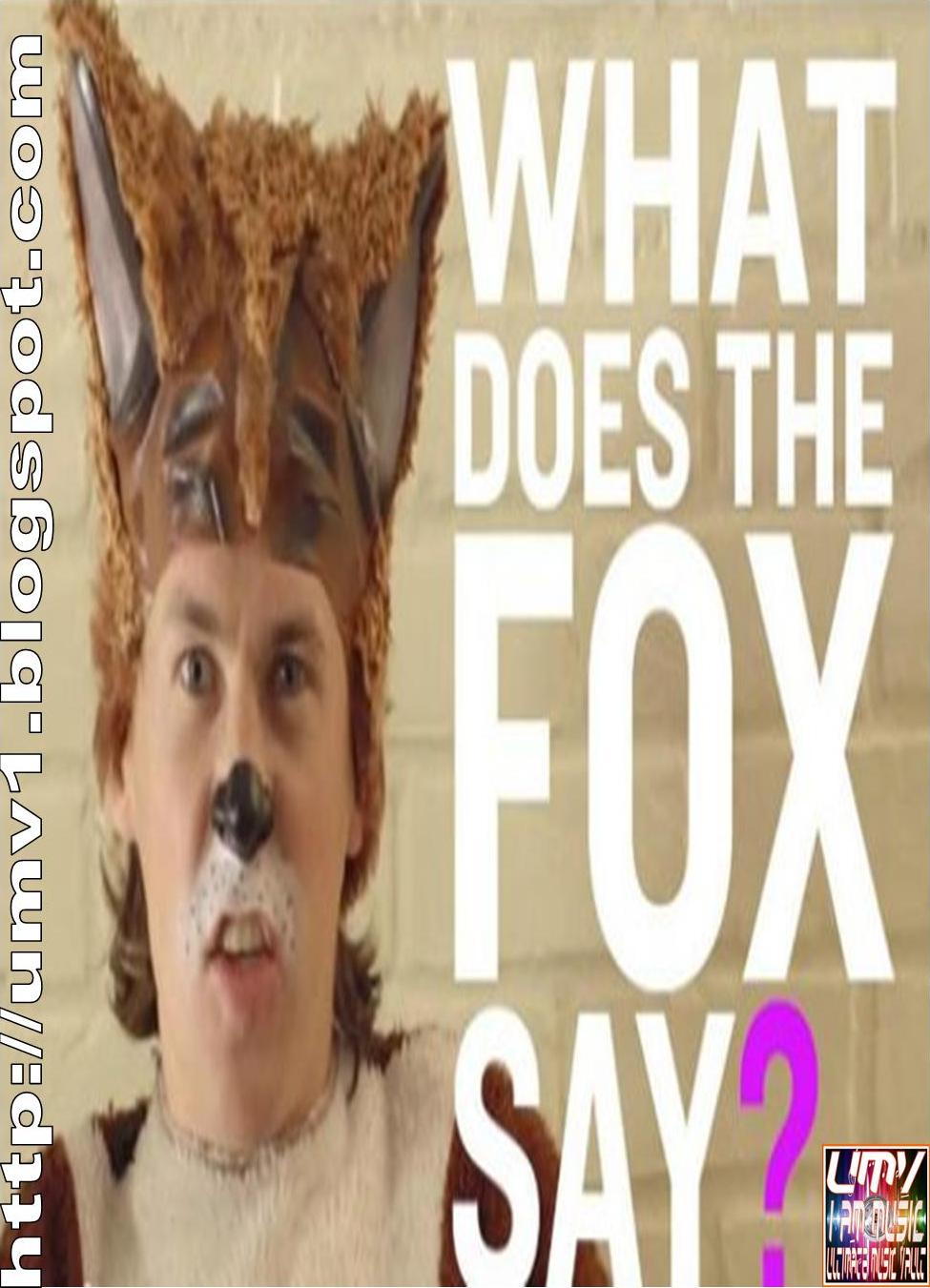In a world filled with captivating animal sounds, one question has sparked curiosity and amusement: what does the fox a say? The enigmatic nature of the fox has inspired countless tales, folklore, and now, even viral pop culture phenomena. While many animals have distinct and recognizable sounds, the fox remains a bit of a mystery, often leaving people wondering what its voice truly sounds like. The question, what does the fox a say, has transcended mere curiosity and evolved into a cultural phenomenon, igniting our imaginations and prompting us to explore the fascinating world of foxes.
From children's songs to internet memes, the fox has been anthropomorphized in various ways, capturing the hearts of many. The catchy phrase, made famous by the viral song "The Fox (What Does the Fox Say?)" by Ylvis, has led to an explosion of interest in the animal and its vocalizations. But beyond the catchy tunes and humorous assumptions lies a wealth of information about the fox and its communication methods. In this article, we will delve deeper into the question of what does the fox a say, exploring the sounds they make, their significance, and what we can learn about these fascinating creatures.
As we embark on this journey, we will not only address the question of what does the fox a say but also examine their biology, behavior, and cultural significance. We will provide insights into their vocalizations, share fun facts, and uncover the various interpretations of the sounds they make. So, let’s dive into the world of foxes and discover just what they have to say!
What Sounds Do Foxes Make?
Foxes are known for their diverse range of vocalizations, each serving a unique purpose. From barks to screams, the sounds they produce can convey everything from warnings to mating calls. Here are some common sounds made by foxes:
- Barks: Short, sharp sounds often used as an alarm or to communicate with other foxes.
- Howls: Longer, drawn-out sounds used to locate and communicate with mates or family members.
- Screams: High-pitched, eerie sounds often made during the mating season or as a distress call.
- Chirps: Short, quick sounds that can signify excitement or playfulness.
Why Do Foxes Vocalize?
The primary reason foxes vocalize is to communicate with one another. Their sounds can convey a range of emotions and intentions, including:
- Territorial Claims: Foxes may bark or howl to establish their territory and warn intruders.
- Social Interactions: Vocalizations can help maintain social bonds within family groups.
- Mating Calls: During mating season, males and females use specific calls to attract one another.
- Alarm Signals: Foxes will alert others in their vicinity to potential danger through specific sounds.
What Does the Fox Say in Pop Culture?
The question "what does the fox a say" gained immense popularity thanks to the comedic duo Ylvis and their viral song, "The Fox (What Does the Fox Say?)." Released in 2013, the song humorously speculates about the sounds a fox might make, presenting a series of whimsical and absurd sound effects. The catchy tune and entertaining music video captured the attention of millions, leading to an explosion of memes, parodies, and discussions about foxes.
Who Are the Creators Behind the Viral Song?
Ylvis is a Norwegian comedy duo consisting of brothers Bård and Vegard Ylvisåker. Their background in comedy and music allowed them to create a humorous take on the question of what does the fox a say. The success of the song propelled them into the international spotlight, demonstrating the power of internet culture and the fascination with animal sounds.
| Personal Details | Biography |
|---|---|
| Name: | Bård Ylvisåker & Vegard Ylvisåker |
| Birthdate: | March 21, 1982 & April 19, 1984 |
| Nationality: | Norwegian |
| Profession: | Comedians, Musicians, Television Hosts |
How Has the Song Influenced Our Perception of Foxes?
The viral success of "The Fox" has undoubtedly transformed the way many people view foxes. The song has sparked curiosity and interest in these animals, leading to an increase in search queries related to their behavior, habitat, and conservation status. Additionally, the humorous take on their vocalizations has made foxes appear more relatable and endearing, creating a positive image of the species.
What Conservation Efforts Are in Place for Foxes?
As interest in foxes has grown, so has awareness of the importance of conserving their habitats. Several organizations are dedicated to protecting fox populations and their ecosystems. Conservation efforts include:
- Habitat Protection: Ensuring that natural habitats are preserved and protected from urban development.
- Education Programs: Raising awareness about fox behavior and the importance of biodiversity.
- Research Initiatives: Conducting studies to better understand fox populations and their needs.
- Collaboration with Wildlife Agencies: Working with local governments and organizations to implement effective conservation strategies.
What Can We Learn from Fox Vocalizations?
Studying fox vocalizations can provide valuable insights into their behavior and social structures. By understanding the meaning behind their sounds, researchers can gain a better understanding of how foxes communicate and interact with each other. This knowledge can be instrumental in developing effective conservation strategies and ensuring the well-being of these fascinating creatures.
What Does the Future Hold for Foxes?
As urbanization continues to encroach on natural habitats, the future of foxes hangs in the balance. However, with increased awareness and conservation efforts, there is hope for these cunning creatures. By fostering a better understanding of what does the fox a say, we can build a greater appreciation for their role in the ecosystem and take action to protect their habitats.
Conclusion: Embracing the Mystery of the Fox
The question of what does the fox a say may have started as a whimsical curiosity, but it has opened up a world of exploration into the lives of these intriguing animals. From their diverse vocalizations to their cultural significance, foxes have captured our hearts and imaginations. As we continue to learn about their behaviors and conservation needs, we can ensure that these remarkable creatures thrive in the wild for generations to come.
Exploring The Vibrant World Of H And M Kids
Unpacking The Legacy Of "Baby Got Back" Lyrics
The Quest For The Most Symmetrical Face In The World


